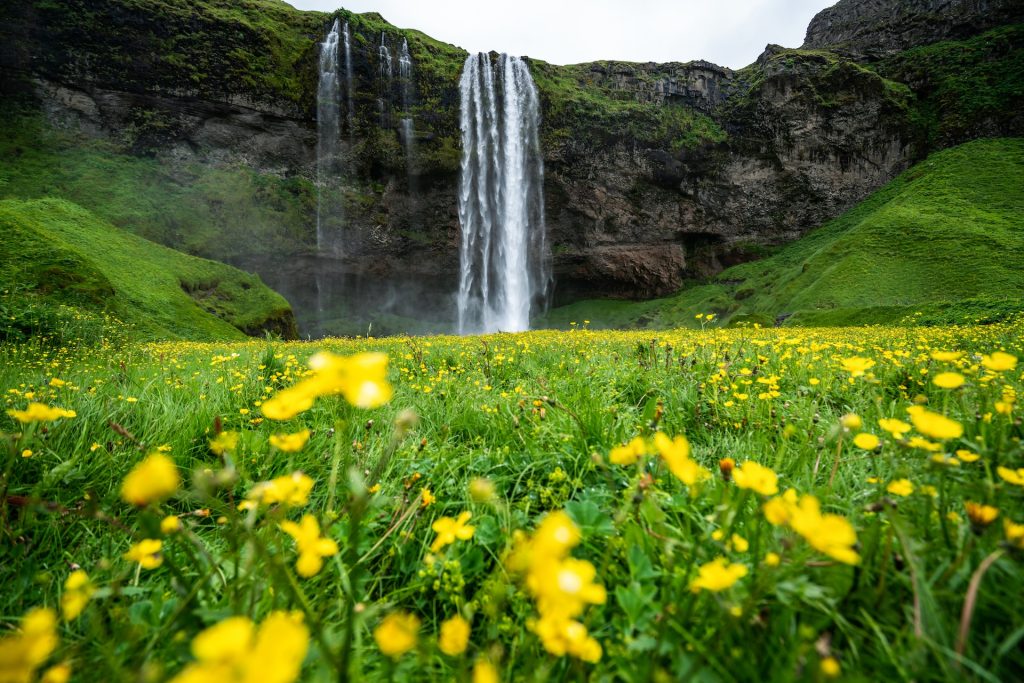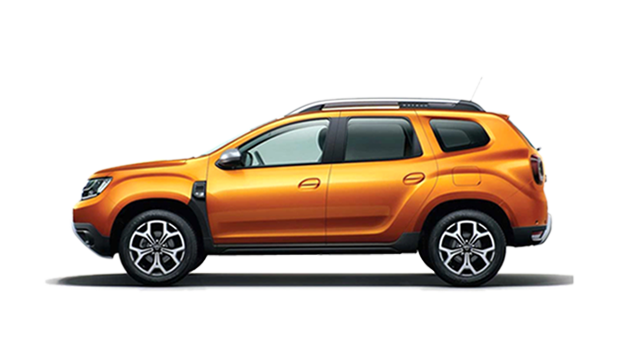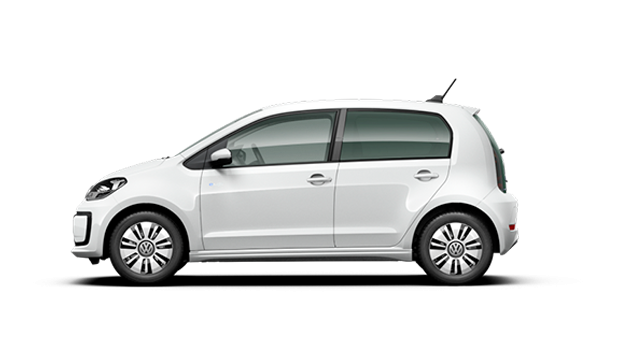Icelandic weather is notorious for being unpredictable. Snow in June? Entirely possible! A sunshiney day in October? There’s a chance of that too. Precipitation, rain, snow and ice, falls without warning on even the loveliest of days and storms plague the island, especially in winter.
With so much up in the air in terms of Iceland’s weather, this guide will serve as a quick intro and reference to Icelandic weather in all seasons. We’ll also discuss renting the right vehicle for each of Iceland’s seasons and how to get around.
This is your quick guide to what the weather is like in Iceland.

Spring in Iceland: April – May
Iceland begins to thaw out in spring weather with freezing temperatures beginning to creep back up to a more pleasant state. The average high temperature in Reykjavik from April to May is 48°, almost balmy compared to winters frigidity. Akureyri remains a bit cooler with temps around 46° as a high and 35° as a low.
The weather in spring might be the most unpredictable as Iceland tumults back and forth between winter and the dawn of summer. Oddly enough, spring is a time of little precipitation on average in Iceland although rain and pop up snowstorms are still certainly possible.
Road conditions should be starting to get better in April and by May most roads will be great for driving. Surprise snow squalls and ice storms are still entirely possible. Always check Iceland’s official website for road closures (road.is) and the most up-to-date information. F-roads will remain closed until mid-June at the earliest.
Best rental car options for visiting Iceland in Spring
Because Iceland’s road conditions will still be a bit unpredictable, we recommend renting a 4×4 to be on the safe side especially if your plans will take you up north.
Those who will only be driving through Reykjavik or southern Iceland can probably get away with renting a mid-size 2WD car, especially in May. Double check road conditions ahead of time to be sure.

Summer in Iceland: June – August
From June to August Iceland is with its best summer months. Summer in Iceland brings about the Midnight Sun, warm temperatures, and sunny skies thoughout the country. But don’t be fooled! The weather can still turn at the drop of a hat. Sunshine often turns to rain and vice versus.
Temperatures vary wildly in Iceland during the summer. Reykjavik sees a range between 44°F and 77°F on average. Akureyri averages a bit colder with temperature hovering around 52°F. July in Iceland is typically the warmest month, although August is a close second.
Road conditions during the summer are ideal. If you plan to travel to Iceland’s interior on the F-roads, be sure to watch for swollen rivers which can make for potentially dangerous crossings. Most F-roads are open by July but this varies depending on each years snow pack.
Best rental car options for visiting Iceland in Summer
Summer is the best time to visit with a rental car in Iceland. Most of the roads are open by July and remain so through August and even the beginning of September. You can rent any kind of car from June to August in Iceland if you’re planning to stick to the main, paved roads (like the famous Ring Road). If you’re interested in driving into Iceland’s interior on the F-roads, you’ll need to rent a 4WD vehicle which is required by law.

Autumn in Iceland: September – October
Autumn is a period of transition for Iceland’s weather with the label of ‘wettest months’ of the year. These are also the months that you will start to have a chance seeing northern lights in Iceland.
Temperatures begin to plummet and snow flurries start to fall. The average temperature for fall in both Reykjavik and Akureyri hovers around 44°F but can vary as with every season. October will almost certainly have more cold days than September and lows will begin to dip below freezing.
While rainfall in Iceland is fairly consistent throughout the year, it does rain a bit more during these months. Visitors will also start to see some snow begin to fall in October and possibly even at the end of September.
Road conditions should start off great at the beginning of September and begin to deteriorate towards the end of October. Snow can begin falling at any time during either of these months but tends to start somewhere around mid-October. Once snow starts falling roads will almost certainly start getting more dangerous to drive on, especially in remote areas and in Iceland’s north.
Best rental car options for visiting Iceland in Autumn
Autumn is short lived in Iceland as the weather turns to winter quickly. We encourage drivers to play it safe and rent a 4×4 during the months of September and October. This allows for added assurance should the weather turn unexpectedly.
If you’re only planning to drive in Iceland’s south, a mid-sized 2WD may also work for small groups. Check the weather a week or so ahead of time to be sure that a 2WD is suitable or not and consider calling your rental company to get a local’s perspective on your route and possibly inclement weather.

Winter in Iceland: November – March
Winter in Iceland is downright frigid and temperatures frequently dip well below freezing. The average temperature for Iceland in winter will depend on which area you’re visiting. Between December and February are the darkest months of the whole year in Iceland.
The capital city of Reykjavik tends to be more mild than the northerly city of Akureyri. Reykjavik averages between 33°F and 35°F in winter while Akureyri hovers around 32°F. Temperatures can dip well below these averages and often feel much colder with wind chill factored in. Overall January in Iceland is the coldest month.
You’re likely to see heaps of snow and ice throughout the country from November to March. Reykjavik averages about 1 to 2 inches of snow per month in the winter, although this can also vary. Akureyri in Iceland’s far north typically sees about 10.5 inches of snow every month in the winter. Isafjordur, in Iceland’s remote Westfjords region, can become entirely impassable due to heavy snow during winter.
Iceland in winter can present very difficult driving conditions. Many roads that are open in summer are closed beginning in October and some don’t reopen until July. We advise that only experienced winter drivers take to the roads in Iceland between November and March as it can turn dangerous at a moments notice.
Best rental car options for visiting Iceland in Winter
The best car for driving in winter in Iceland is a 4WD SUV. This is the only car we recommend renting during these months as road conditions are often slippery and icy. Even if you only plan to drive around the capital, most car rental agencies are located at the Keflavik Airport and the distance between the two can become treacherous due to winter weather.

Conclusion
Firefly Iceland Car Rentals provides many different car rental options to suite all of Iceland’s weather conditions. From 4WD SUV’s that are great for braving the snow to the perfectly sized 2WD vehicles for cruising around the main roads in summer.
Book your rental car with Firefly Iceland Car Rentals to ensure you get the best price point and excellent service for your trip to the Land of Fire and Ice.





